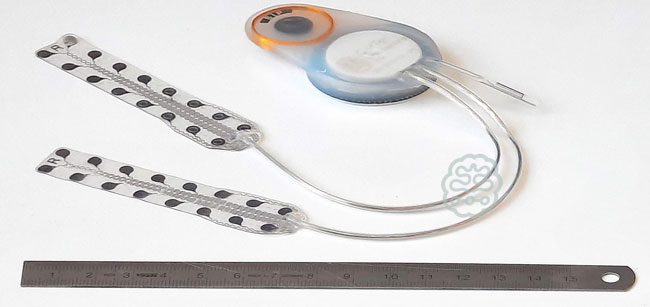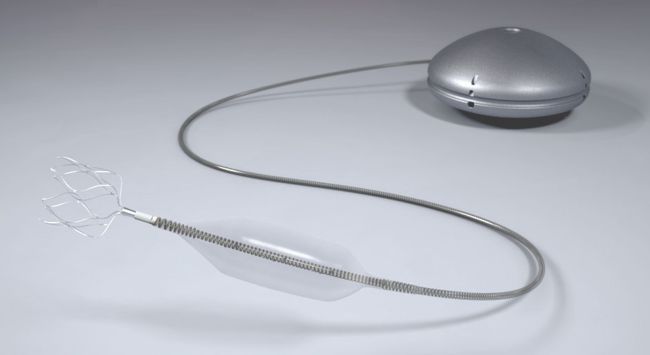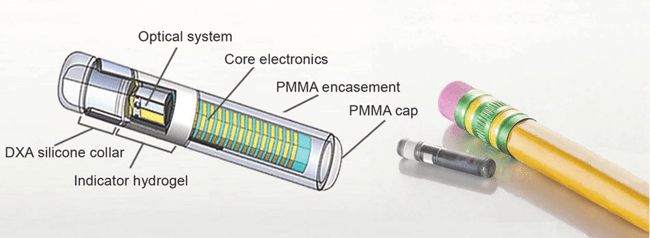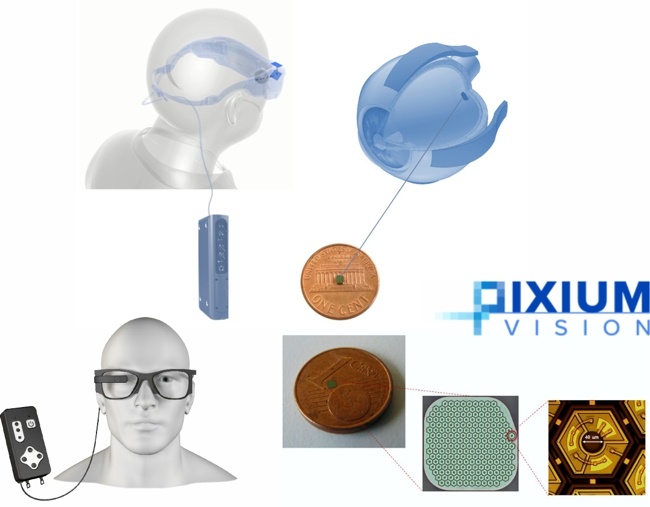
Pixium Vision’s Prima System. Image Credit: Images by Pixium Vision
Science – the company recently started by Neuralink’s co-founder Max Hodak announced that it is acquiring Pixium Vision‘s assets.
Pixium Vision’s Prima system to treat vision loss is implanted in 47 subjects across Europe and the United States. However, it ran out of cash, and was in danger of abandoning the study. Science’s acquisition of Pixium’s technology includes the three ongoing clinical trials in late-stage macular degeneration.
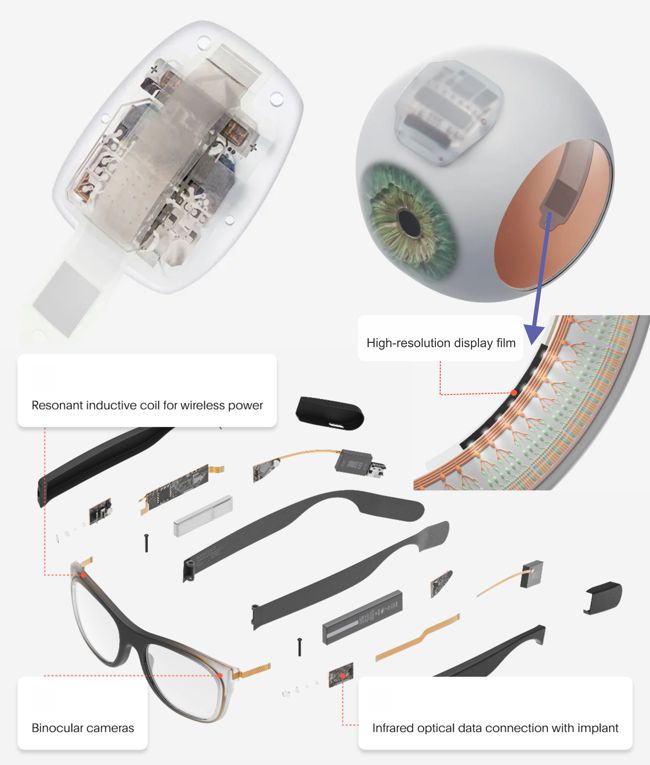
Image Credit: Composite of images by Science
On its side, Science is developing the “Science Eye,” which is a combination device comprising Optogenetic gene therapy and an implantable, high-resolution display. The first part of the procedure consists of a protein nanoparticle used to deliver a gene to some of the retinal ganglion cells, making them light-sensitive at a specific wavelength. Then, a very small, flexible, high-resolution display film is implanted over the retina to allow fine control of the newly light-sensitive ganglion cells.
In the announcement, Max Hodak stated about the acquisition of Pixium’s competing technology:
“What does this mean for our optogenetic gene therapy and the Science Eye? It’s too early to know which approach, electrical or optogenetic, will work best in the retina long term as these technologies mature. But whichever is used 20 years from now, there is a huge amount of good all of these early devices can do today. They represent very different approaches that make different tradeoffs and at least initially will probably target different patient subpopulations. We would love to be able to offer a range of products to match each individual patient’s needs with the best of what’s available over time.”

